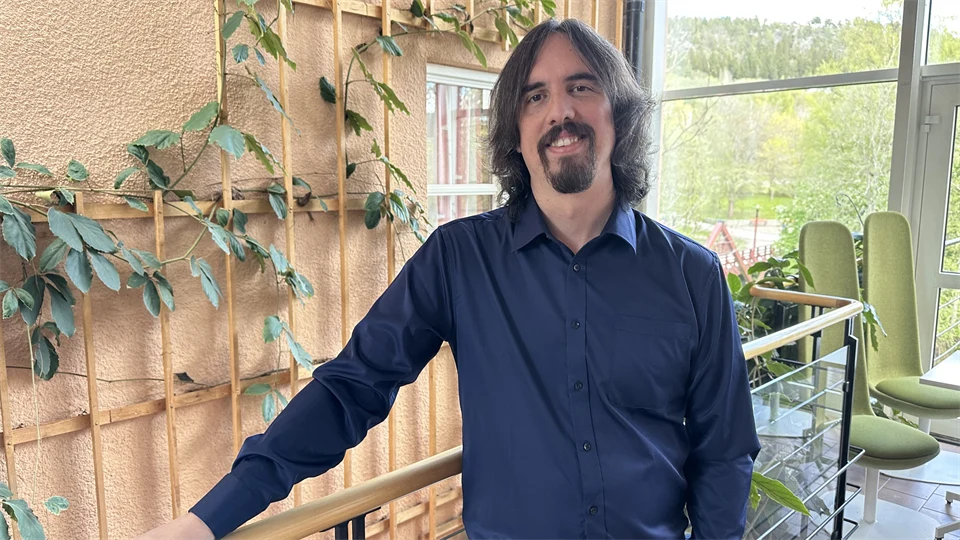AI and hidden colors: Guest professor joins STC to advance smart industry
Guest professor Dr. Jaime Zabalza from the University of Strathclyde is collaborating with STC to explore how AI and hyperspectral imaging can address industrial challenges. His aim is to develop smart, reliable systems and build a global research network focused on sustainable innovation.
Can you tell us a bit about your background and how you became interested in the field of artificial intelligence?
- My background is in Industrial Engineering, a multidisciplinary degree I obtained in Spain. Later, I completed an MSc and PhD at the University of Strathclyde (UK), focusing on electronics, image processing, and hyperspectral imaging. During my research, I realized the crucial role of data processing in hyperspectral imaging. AI presents great potential for advanced data processing and is increasingly used in industries like energy, space, manufacturing, recycling, and biotechnology, Zabalza says.
What motivates you in your research, and how did you come to focus on AI, machine learning, and hyperspectral imaging?
- Two main reasons: hyperspectral imaging is becoming more affordable and accessible, unlocking new industrial and societal solutions. Also, processing hyperspectral data is challenging, making it an ideal field for AI and machine learning to extract value. The combination of new sensors and AI-driven processing motivates me greatly, Zabalza says.
What are your expectations for your role as a guest professor at STC Research Center at Mid Sweden University?
- I’m honored to be a visiting researcher in 2025, working closely with Dr Benny Thörnberg to advance AI and hyperspectral imaging research. Besides research stays and seminars, our main goal is to build an international network to revolutionize hyperspectral technology with tailored AI, interdisciplinarity, and sustainability in focus, Zabalza says.
I aim to help STC identify new opportunities in AI, machine vision, and next-gen sensors, strengthening collaborations with academia and industry.
How do you think your expertise can support the research goals of STC?
- Having worked with hyperspectral imaging for over 13 years, I’ve seen the technology evolve from bulky lab sensors to compact advanced systems. We are at a critical development point, and I aim to help STC identify new opportunities in AI, machine vision, and next-gen sensors, strengthening collaborations with academia and industry, Zabalza says.
What challenges do you face applying AI to real-world problems, and how do you overcome them with industrial partners?
- AI works well in labs with controlled environments, but real industrial settings are dynamic and unpredictable, affecting sensor data quality. Bridging this gap is tough. Another challenge is building trust in AI, which can seem like a ‘black box’. We focus on explainability—using visualization tools and confidence scores—so operators can understand and rely on AI decisions, especially in sensitive industries like nuclear and medical fields, Zabalza says.
Jamies work is a part of the research project SENAVIS ‑ Sensor technology for smart de‑icing that is a collaboration between NTNU - Norges teknisk-naturvitenskapelige universitet and STC Research Centre at Mid Sweden University. The project is funded with support from Interreg Sweden-Norway.
Read more about SENAVIS

